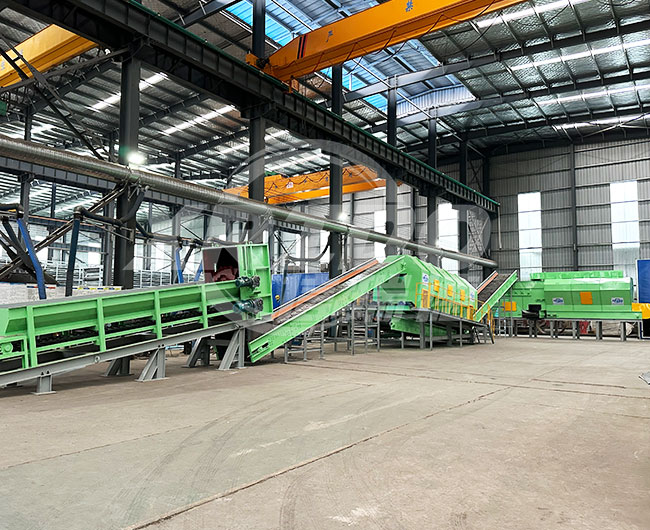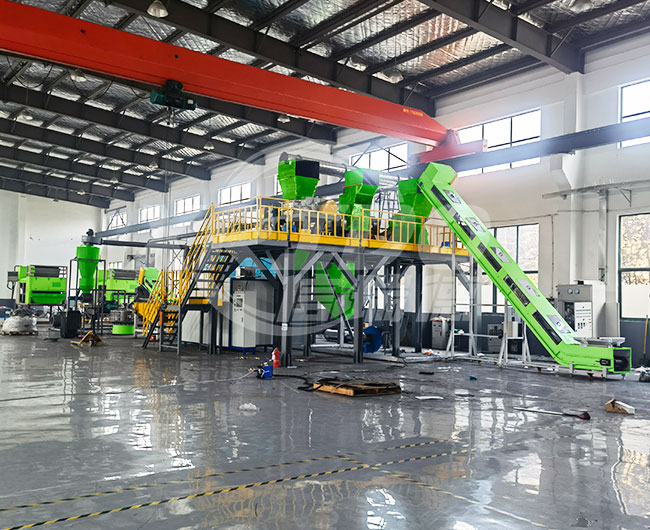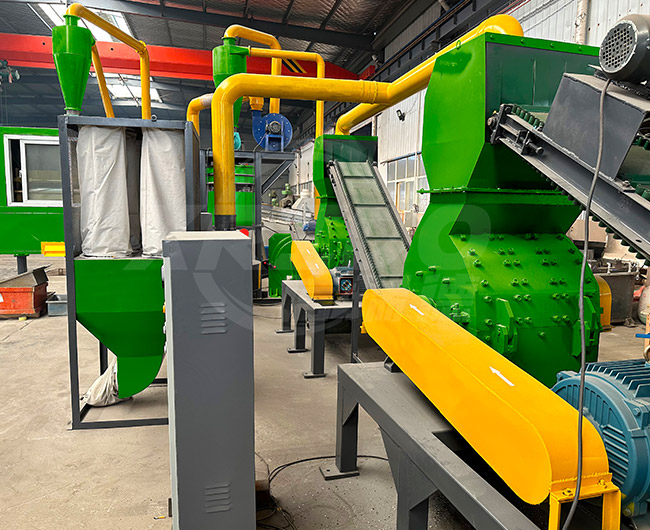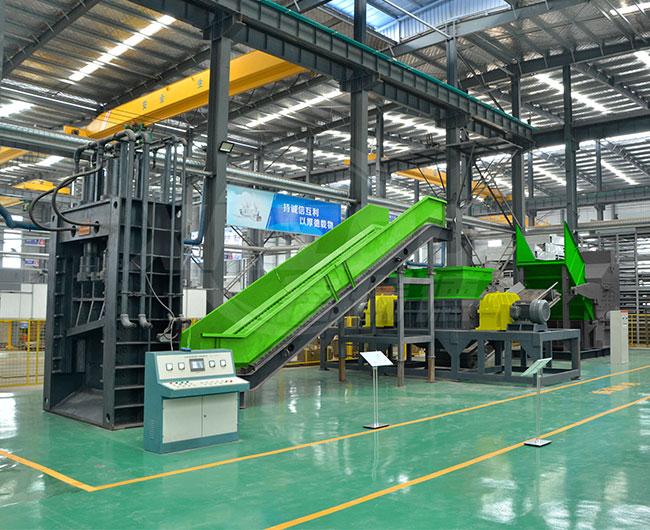Hot Products
Working principle and process of waste lithium battery recovery equipment
The structure of waste lithium battery recycling equipment and the material characteristics of its component materials copper, aluminum and carbon powder. The positive and negative components of waste lithium battery are separated and recovered by the combined process of shredding, hammer crushing, vibrating screen separation and air separation. Waste lithium battery dismantling and recycling equipment according to the waste lithium battery material is different, such as soft bag, hard shell, cylinder, mobile phone lithium battery targeted production line research and development, the use of shredding, hammer breaking, crushing, crushing and gravity separation and flue gas purification facilities for waste lithium battery processing.


Lithium ion battery is mainly composed of positive material, negative material, electrolyte and diaphragm four parts, among which the positive material value is high, is also an important point of recycling, taking ternary lithium battery as an example, the cost of the positive material accounted for about 35%, negative material, electrolyte and diaphragm accounted for about 5%, 8% and 8%, respectively. Once the waste lithium ion battery materials enter the environment, nickel, cobalt, manganese and other metal materials in the positive electrode material, copper in the negative electrode, strong alkali in the electrolyte and heavy metal ions may cause heavy metal pollution and harm the environment. The recycling of waste lithium battery has environmental benefits as well as economic benefits. Different power lithium battery cathode materials contain different valence metal components, among which the potential value is high cobalt, lithium, nickel and so on. In the future, as the demand for high-energy-density ternary batteries continues to increase, the demand for raw materials such as cobalt and lithium will also become more intense. Therefore, by recycling waste lithium batteries, extracting valuable metals such as nickel, cobalt and lithium for recycling, it is an effective way to avoid the risk of raw material shortage and price fluctuation, with significant economic benefits






